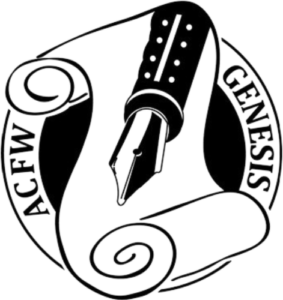Coincidences are curious things. Mysterious, and yet, still commonplace—like a sneeze. Many don’t notice them. Some people pause for a moment, offering a half-smile. But few ponder whether or not a coincidence means anything beyond chance.
For almost a century, great minds have contemplated coincidences through a theory known as synchronicity. By definition, it means: the experience of two or more events as meaningfully related, though they’re unlikely to be causally related. Swiss psychologist, Carl Jung, introduced the concept in the 1920s and spent decades developing a fuller description.
He said, “When coincidences pile up…one cannot help being impressed by them – for the greater the number…or the more unusual its character, the more improbable it becomes.”
Arthur Koestler wrote extensively on synchronicity in The Roots of Coincidence. Physicist and Nobel laureate, Wolfgang Pauli, and Albert Einstein noted the patterns as well.
What interests me most is Jung’s statement that life was not a series of random events but rather an expression of a deeper order, wherein a person was both embedded in an orderly framework and was also the focus of that orderly framework(!) Any realization of this he maintained, was more than just an intellectual exercise, but also contained elements of a spiritual awakening. From the religious perspective, Jung said synchronicity is like an “intervention of grace.”
Okay, now back to planet normal where you and I live.Continue reading







